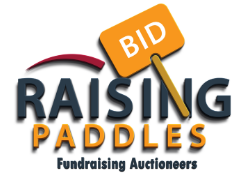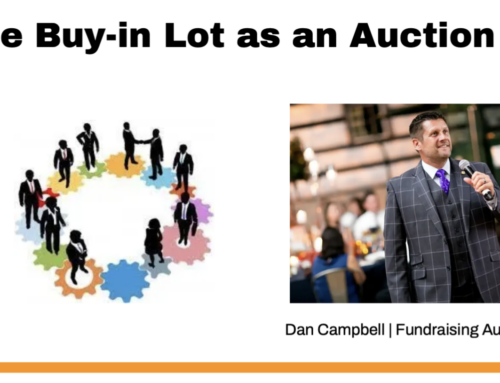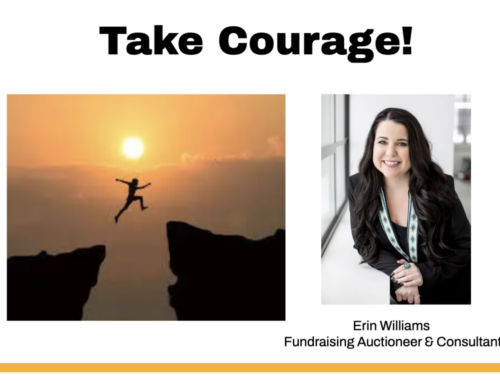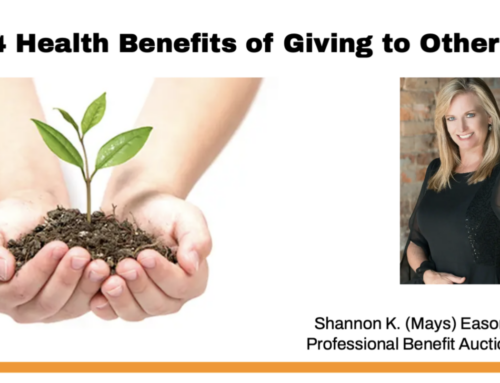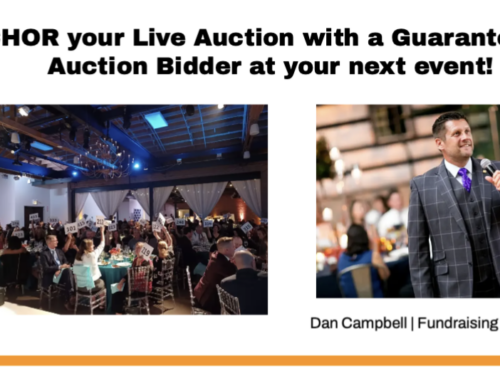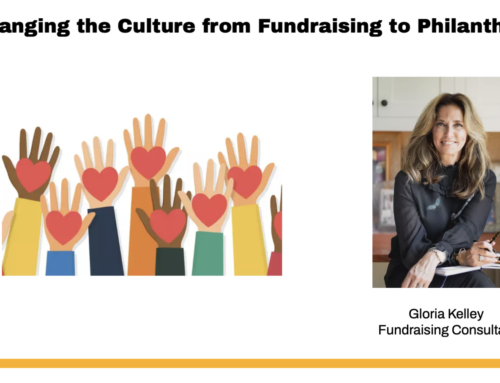The number one question I receive from charities is how to get the right people to attend their event. Sometimes we focus so much on filling the bus (so to speak), that we end up not getting the right people on the bus with us. Those who are on the bus with us may not even know where we are heading!
Here are some ideas that maybe will help you think of things a bit differently that you have before about connecting with your guests and donors. It will require a commitment, not just from the top, but from the collective core team that you have, whether that is your board, your staff, volunteers, or those key donors who care most about your cause.
Personal Journey
Before I start, let me share a story about our family that will connect these ideas to the topic. A lot of you may know that our family endured tragedy five years ago when our daughter McKenna passed away unexpectedly. We were blessed by the support of family, friends, neighbors, our church and our community. The outpouring of love and support has sustained us even to this day. As I write this, I can feel the connectedness to so many of our readers, and it is because you understand our pain, and can empathize with the loss of the child. It is a raw emotion, and an event every one of us want to avoid at all costs.
Then there are those who are near us that have lost a child or a loved one. This special group of people have a unique bond with us, and when we meet or talk, it is a different level that we are engaged, sometimes even without words, just a look or a hug is all it takes to show that the journey we are on matters to them.
Connection Matters
I am sharing this story to remind us of how important it is to connect with our supporters. This support encourages us to be committed to our causes, and will reaffirm why we are doing what we are doing. This in turn inspires energy and passion that you and your team will convey back to your supporters, including those that don’t yet know they will be supporters. It becomes cyclical in nature.
I realize not every cause has the deep emotions that a tragedy like ours has. But the most important element to fundraising is for your team to truly connect with the cause, be able to tell your story with passion. The first step is getting the right people on the bus who can connect to your cause and share your story. I always love when I walk into a meeting with a non-profit, and the staff or volunteers show passion behind the cause from the get go….it is a great sign!
The next step to getting the right people to your event (eg. The right people on the bus!) is to connect your story to the right people. This is not about money in the wallets, although that certainly helps. But if the person with the wallet doesn’t connect with your cause, you won’t see the sustained donor impact from these people that you desire. In fact, it is often that the best donors long term, are NOT your money in the wallets crowd, but are those willing to sacrifice for your cause at a rate beyond the average donor. They have connected with your cause, and they will become Ambassadors for your mission.
Tracking Connection
One effective way to build your audience is to use a spreadsheet to list the guests attending, and then collect details about that guest that show the connections they have to your cause. For example, if your cause were a cancer related charity, how has this person’s personal life been impacted by the disease? Are they a survivor? Have they lost a loved one?
Add a second column to your spreadsheet to identify all those people they are connected to from your event and cause, such as who invited them, who they know, and even people they SHOULD know or meet when they attend.
A third column would identify some key demographic information, to help your team better prepare for their giving preferences….do they work for a company who provides a company match? Are they a long-time donor or a first-time guest?
And if you really want to go deep, use a fourth column that you can enter information from social media and from your team’s collective knowledge about the guest….do they travel a lot (eg,. Maybe has interest in bidding on certain items), what other charities do they give to (can be an indicator of where your charity stands in relation to other giving), etc.
Once you have this information compiled, you can leverage this information to build a seating plan at your event, prepare board and staff members with key information to build stronger relationships with potential donors, and most importantly, make their guests feel special to your cause, connecting them in a way that allows you to stand out in the crowd of so many charities that vie for their attention.
Dan Campbell, Benefit Auctioneer
